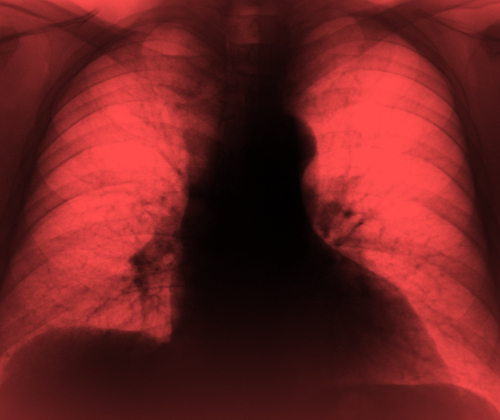Black lung toll counted
 About a tenth of long-time underground coal workers in the US have black lung, according to a new report.
About a tenth of long-time underground coal workers in the US have black lung, according to a new report.
The report by the National Institute for Occupational Safety and Health (NIOSH) found one in ten underground coal miners who have worked in mines for at least 25 years were identified as having black lung.
The data came from NIOSH’s Coal Workers Health Surveillance Program (CWHSP), which has tracked the burden of black lung disease in underground coal miners since 1970.
The program offers coal miners periodic chest x-rays to look for signs of black lung.
The latest study estimates 10 per cent of participants who worked more than 25 years in underground mines had evidence of black lung, an increase of 3 per cent over just 5 years.
“Breathing coal mine dust is the sole cause of black lung and it is entirely preventable,” said David Blackley, DrPH, epidemiologist and one of the study’s authors.
“This study provides further evidence that effective dust control methods and protections to reduce coal mine dust exposure along with early detection of the disease are essential to protect miner’s health.”
Black lung was thought to have been eradicated in Australia until 2015, when a retired coal miner was diagnosed with the disease, followed by several more confirmed cases across the country.
Black lung - otherwise known as coal worker’s pneumoconiosis - is a debilitating and uncurable condition caused by long-term exposure to excessive levels of coal mine dust.








 Print
Print